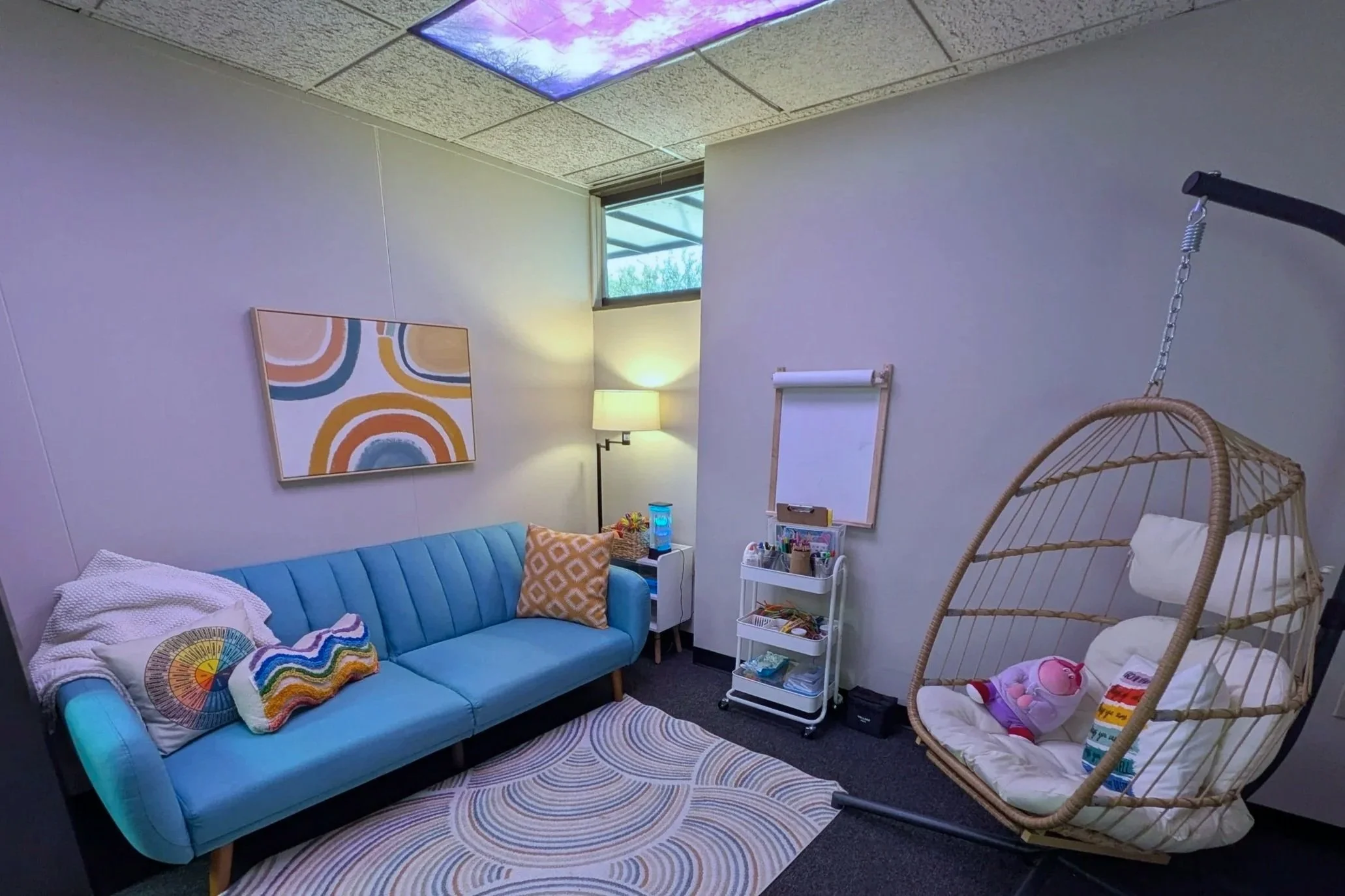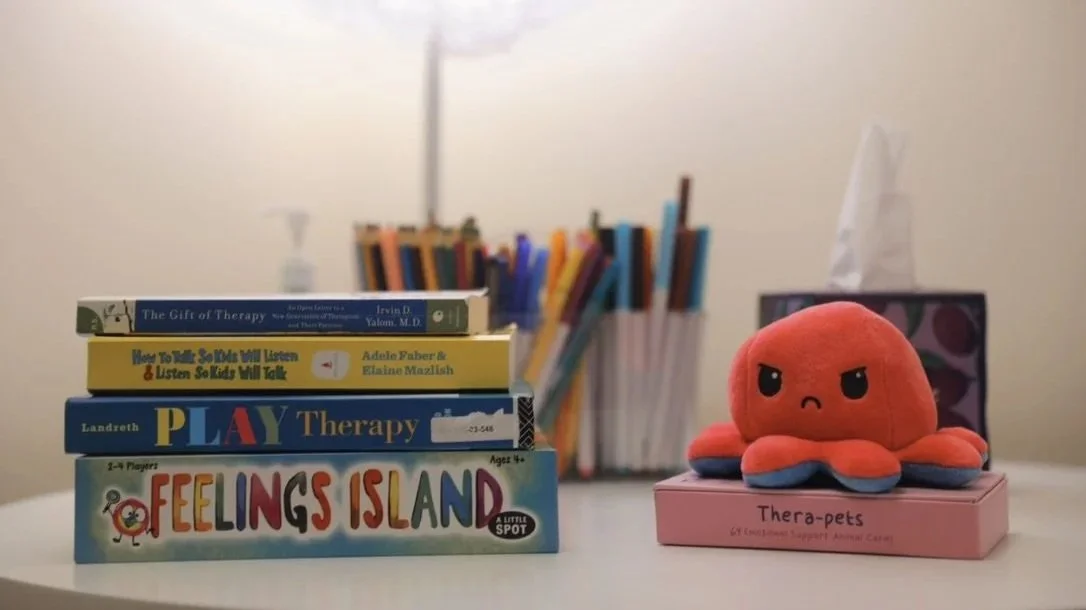What to Expect in Your First Counseling Session
Glimmer Room
Starting counseling can feel unfamiliar, overwhelming, or even intimidating. At Reach Counseling, our goal is to help you feel comfortable and confident as you begin this process. This post will walk you through what to expect in your first session and how it looks for children, teens, and adults.
Types of Therapy and What to Expect
Play Therapy (Ages 3–8)
For children ages 3 to 8, the intake session is typically for the parent or guardian only. Meeting without the child present allows the therapist to:
Review the main concerns and when they began.
Learn about the child’s physical health, mental health, and family history.
Discuss paperwork, confidentiality, scheduling, and office policies.
This first meeting helps the therapist understand your child’s world and create a plan that fits their unique needs.
Tweens and Teens
For tweens and teens, the intake session is often divided into two parts:
The therapist first meets with the parent or guardian to discuss the client’s history, current challenges, and how these impact home and school life. The therapist will also review policies, paperwork, and confidentiality.
The therapist then meets with the client. During this time, they review confidentiality limits and talk about what therapy will look like. The session often ends with a short activity that helps build trust and rapport.
This approach allows the therapist to gather important background information while also helping the client begin to feel comfortable and supported.
Adults (18+)
For adult clients, the intake session includes:
Discussion of office policies, scheduling, and confidentiality.
Exploration of history, current concerns, and how these concerns affect daily life.
Time to build comfort and connection with the therapist.
The conversation often flows naturally, allowing the therapist to understand your goals and help you feel at ease.
Common Therapy Styles
Every therapist at Reach Counseling uses a guiding approach to help clients heal and grow. Here are some of the most common styles you might encounter:
Play Therapy: Play is a child’s natural language. It allows them to express feelings, process experiences, and learn coping skills in a safe space.
Cognitive Behavioral Therapy (CBT): CBT helps clients identify and change unhelpful thoughts and behaviors, improving emotional awareness and coping strategies.
Acceptance and Commitment Therapy (ACT): ACT teaches mindfulness and psychological flexibility, helping clients accept difficult experiences while focusing on what truly matters to them.
Solution-Focused Therapy: This approach helps clients identify strengths and past successes, building on what has worked before to move toward goals.
Expressive Arts Therapy: Through creative tools like art, movement, and music, clients can express feelings in new ways and create coping tools to use outside of therapy.
Intake Sessions vs. Ongoing Sessions
The intake session is different from the regular sessions that follow. The first session focuses on gathering background information, reviewing policies, and creating a plan for moving forward.
Future sessions focus on working directly with the client for the full time. For minors, parent check-ins happen periodically to ensure collaboration and continued progress. The frequency and depth of these updates depend on the child’s age and needs.
Ready to Begin?
Taking the first step can be hard, but you do not have to do it alone. If you have questions or want to schedule a call with our intake coordinator to learn more about our services, we would love to hear from you.
Parents, you can also check out our Parent Guide provided to you before your first session for both child and teen services for more insight on what to expect throughout the therapy process.





